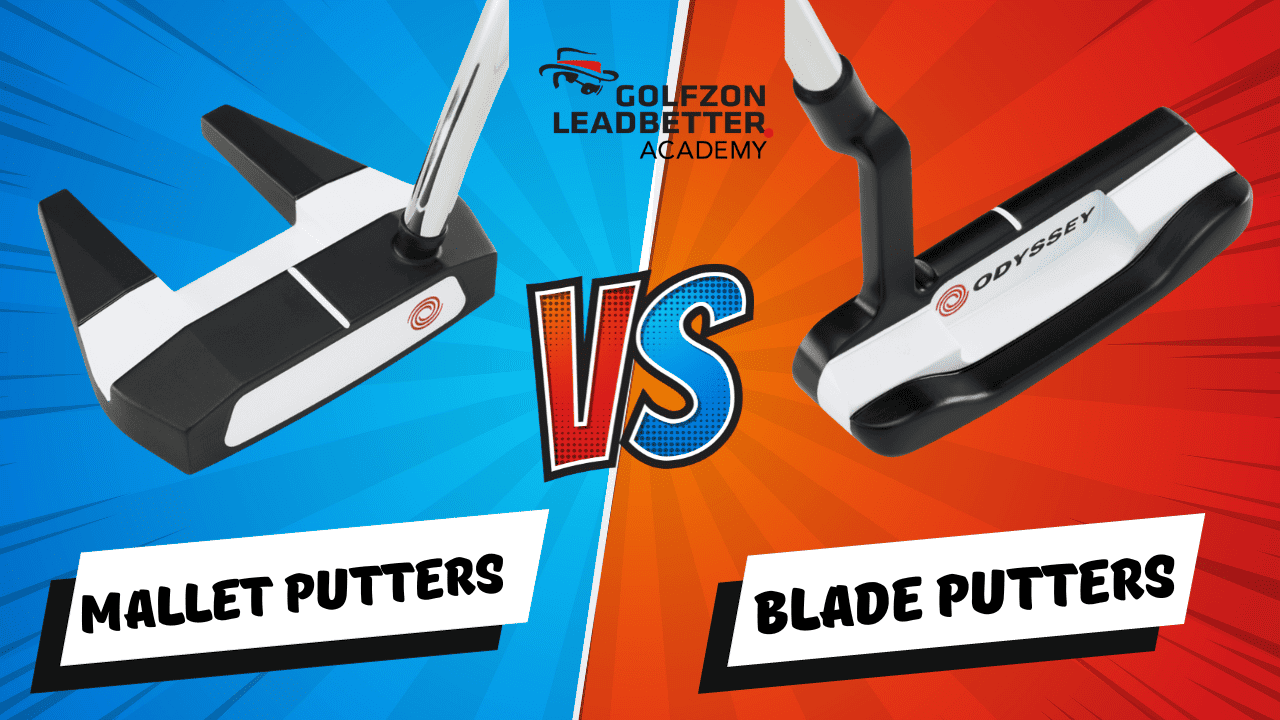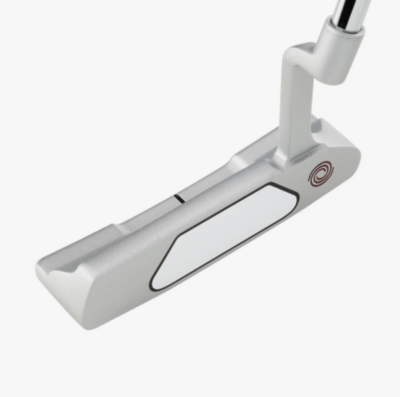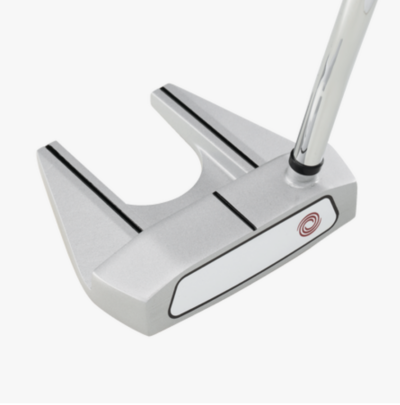
Blade vs. Mallet Putter: The Basics
Blade vs. mallet putters. Which is better? Which one should you use? Which one looks cooler? In this week’s blog, we’ll dive deep into the debate of “blade vs. mallet putter” and hopefully offer some valuable insights to help answer those burning questions. Before we get into the finer details of blade putter vs. mallets, let us first offer a clear understanding of what makes a blade putter and a mallet putter different.
Blade Putters
Blade Putter: Often referred to as “the original putter” blade putters have been around since the beginning of the game and often preferred by golfers who consider themselves “purists”.
- Design: Blade putters have a more traditional and compact design. They typically feature a thin, flat clubhead with a simple, straight blade-like appearance.
- Weight Distribution: Blade putters often have their weight concentrated toward the clubface, promoting a “face-balanced” design.
- Feel: Blade putters typically offer a softer feel and are preferred by golfers who want maximum feedback from their putts.

Mallet Putter
Mallet Putter: Basically, any putter that’s not a blade and has a large club head is considered a mallet putter.
- Design: Mallet putters have a large, more elaborate design. They often come in various club head shapes, including semi-circular or rectangular heads.
- Weight Distribution: Mallet putters tend to distribute weight towards the perimeter, promoting a “toe-balanced” design.
- Forgiveness: Mallet putters are known for being more forgiving, especially on off-center strikes.

What Matters Most When Choosing Which Putter To Use
Alignment and Aiming:
Blade Putter: Blade putters are favored by golfers who prefer a simpler, clean look at address. They may offer more precise alignment, but it’s crucial to align them correctly.
Mallet Putter: Mallet putters often provide enhanced alignment aids due to their larger clubheads, helping golfers align more easily.
Stroke Type:
Blade Putter: If you have a straight-back-straight-through putting stroke, a blade putter might be more suitable for your game.
Mallet Putter: Golfers with an arced putting stroke may find the extra forgiveness of a mallet putter beneficial.
Feel vs. Forgiveness:
Blade Putter: Blade putters typically offer a softer feel and are preferred by golfers who want maximum feedback from their putts.
Mallet Putter: Mallet putters are known for their forgiveness, making them an excellent choice for those who prioritize stability on the greens.
Putting Green Conditions:
Blade Putter: On fast, smooth greens, a blade putter’s precision may be advantageous. It requires more precise control, which can be an asset on quick putting surfaces.
Mallet Putter: Mallet putters are a popular choice on slower, bumpier greens, as they provide better stability and forgiveness, helping to reduce the effects of imperfections on the putting surface.
Conclusion
The choice between a blade putter and a mallet putter ultimately comes down to your personal preferences and putting style. When comparing “blade putter vs. mallet putter,” consider factors like alignment, stroke type, feel, and putting green conditions to make an informed decision. Some golfers even choose to carry both types of putters in their bags to adapt to different situations on the course.
In the end, the best putter for you is the one that gives you the most confidence and helps you sink those crucial putts. Experiment with both types, seek guidance from a golf professional, and practice to find the perfect putter that suits your game. Remember, the right choice can be a game-changer in lowering your golf scores.
Book a lesson with our master putting specialist HERE.
Sign up now for FREE weekly golf tips, content, and much more delivered directly to your inbox. Yup, it's that easy.
Swing Better. Play Better. Leadbetter.